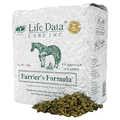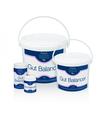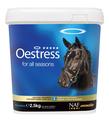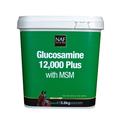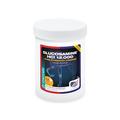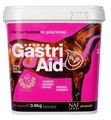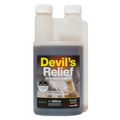Drug testing is a hot topic going into the Rio 2016 Olympics and the equestrian sports are no exception.
The International Federation for Equestrian Sports (Fédération Équestre Internationale, FEI) is the international governing body of equestrian sports and they have a code of conduct designed to protect the welfare of horses from physical abuse or doping.
The FEI have two lists:
- Banned Substances- these are deemed to have no legitimate use in the competition horse and should not be present in the system any time.
- Controlled Medication- these are commonly used in equine medicine to treat horses. However, they have the potential to affect performance or be a welfare risk to the horse. Therefore, they cannot be found in the system on competition days.
After a series of horses tested positive to doping in 2008 at Beijing, the testing equipment was updated and is now incredibly accurate and advanced. This is a worry in horses where accidental positives can occur due to horses eating feed that is not meant for them, the contamination of equipment or human contact, or not understanding the contents of a cream or supplement, for example.
There are 3 methods for selecting horses for testing:
- Medalists- winners in major events, medal winners and at least one horse from each medal-winning team.
- Random
- Targeted- the ground jury specifically selects a horse for testing.
A blood sample and urine sample (if possible) are taken by an FEI testing vet. The samples are transported to an approved FEI laboratory where they are tested. The FEI, along with the sport’s many spectators, are hopeful that equestrianism will flourish in a doping-free environment in Rio.
If you have any thoughts on comments on this discussion, please post them below or email us directly: [email protected]
Written by: Dr. Sophie Meers BVSc MRCVS

